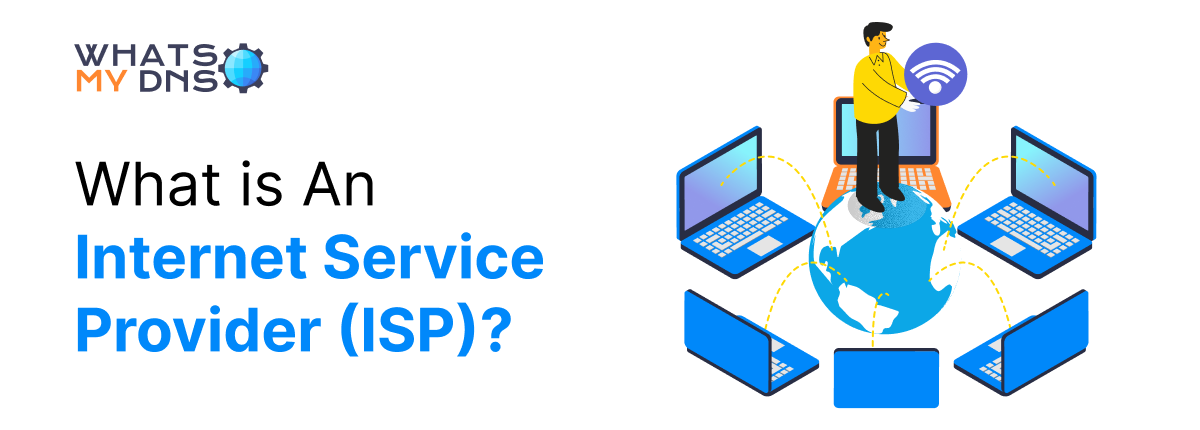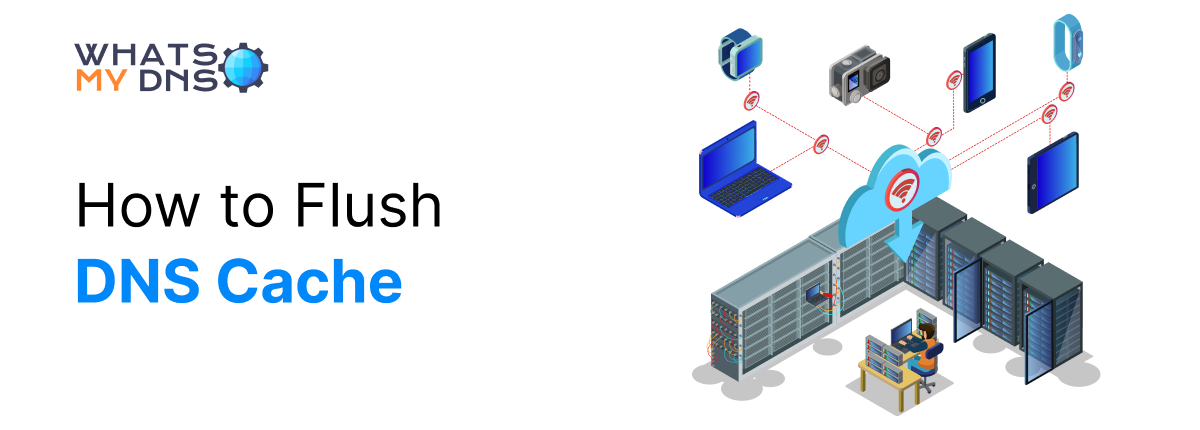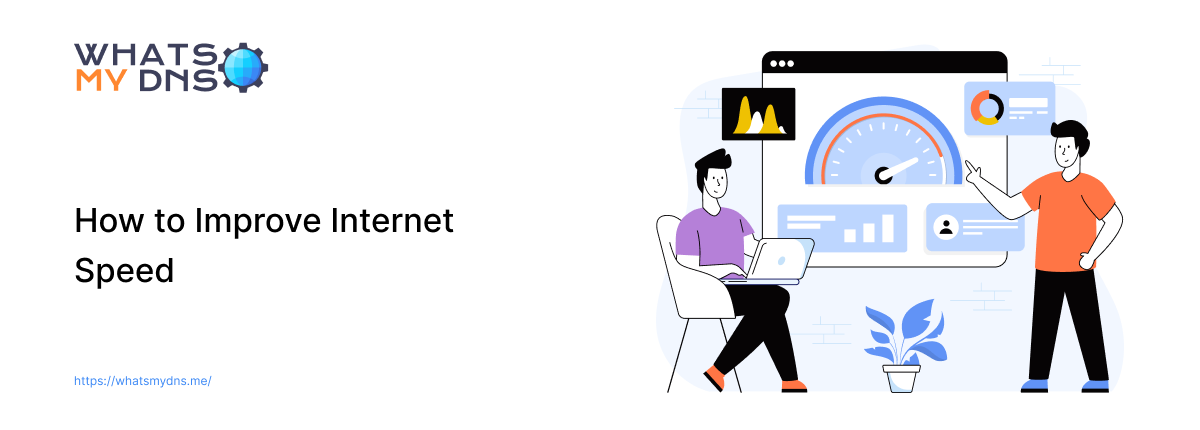What is An Internet Service Provider (ISP)?

- 19 March 2025
The internet has become an integral part of modern life. Unlike the early years of its adoption, it is no longer a luxury but a necessity. People use the internet to work, learn, play, and all kinds of other stuff.
Remote work–a novel concept where people could work outside of their offices–is only possible due to the Internet. But how does the internet work? Who makes it possible for us to use the Internet? The answer to that question is internet service providers (ISPs).
An ISP is a company that provides people and businesses with access to the internet via a variety of channels. They can also provide a bunch of services on top of that.
Let’s see what ISPs do, what kinds they have, and how they provide internet access.
What Does an ISP Do?
ISPs use global internet backbone structures to provide internet access to their users. Internet backbone structures are things like:
- Submarine cables
- Satellites
- Data centers
ISPs provide routing data to their clients so that they can find and access resources on the internet. They also have to buy and manage bandwidth and provide customer support to their clients.
They also provide a host of other services like domain registration, email service, web hosting, cloud storage, etc. AT&T and Verizon Fios are common examples of ISPs that offer web and email hosting on top of standard internet services.
Without ISPs to manage all these things, it would be challenging for anyone to connect to the internet.
Types of ISPs
ISPs can be classified according to two systems: Tiers and Medium. There are different tiers of ISPs; not all ISPs provide internet connections in all mediums. Let’s see the various classifications to learn more.
ISP Tiers
There are three main tiers of ISPs based on how big they are. The bigger an ISP is, the more internet infrastructure it owns or has access to.
-
Tier 1 ISP
These are the largest ISPs and have enough global infrastructure to route most internet traffic through their own systems. A tier 1 ISP typically negotiates with other tier 1 ISPs to route traffic through their networks. This way, they achieve global routing.
Some tier 1 ISPs are Verizon, AT&T, and Tata Communications. You can check your ISP by using and online tool. Most tools will provide your ISP's name alongside the IP address.
-
Tier 2 ISPs
Tier 2 ISPs don’t operate globally. They usually operate in one country or state. They typically lease infrastructure from tier 1 ISPs and use that to provide their services in their region.
Tier 2 ISPs are the ones that offer consumer-grade internet access.
Some examples of tier 2 ISPs are Cox Communications, Cogent Communications, and Telia Carrier.
-
Tier 3 ISPs
These are the smallest ISPs and generally deal with very small regions like a one colony/housing association or an individual business.
These ISPs buy their network access from higher tier ISPs and use that to provide internet connections to their customers.
Examples of tier 3 ISPs cannot be given because too many are available in different regions. When looking for tier 3 ISPs, it is best to do a local search for internet service providers.
ISP Mediums
Not all ISPs use or provide internet access over the same mediums. That’s why ISPs can also be classified based on the mediums they use.
Common classifications are given below.
-
FIber Optic
ISPs that have a fiber optic infrastructure can provide high-speed internet to their consumers easily.
As the name suggests, they use fiber optic cables to provide internet access to their clients. The fiber optic cables are provided up till the home/office and attached to a router.
Capable of Gigabit speeds, fiber optic is the fastest medium with the highest bandwidth and almost no packet loss. However, it is tough to lay down its infrastructure because fiber is expensive. As such, fiber is typically only found in big cities where enough people use it to generate a profit.
-
Cable
Coaxial cable is the precursor to fiber and is generally way slower (50 Mbps to 500 Mbps download speed). As the name suggests, a coaxial cable is used as the medium for signal/data transfer. It is much cheaper than fiber and is more readily available in most areas.
500 Mbps is an extremely good download speed and is enough for all home internet users and most offices.
-
DSL
DSL is the slowest wired internet available and has been mostly phased out by fiber and cable internet. DSL connects users to the internet via a telephone line.
It only offers a max download speed of 35 Mbps, which is not much. However, DSL is very cheap, so it's a popular option in rural areas where other services like Fiber don’t exist or are costly.
-
Satellite
Satellite internet is wireless and it uses a combination of satellites and ground stations to send data. A ground station will transmit the data to a satellite, which then transmits it to another ground station, which can send that data out to devices in its range.
Due to the wholly wireless nature of this type of internet, there is a lot of packet loss, as such speeds suffer and are typically in the range of 12 to 100 Mbps. Satellite internet is generally used in hard-to-reach areas like mountainous regions where laying down wired infrastructure is next to impossible.
-
Mobile
Mobile internet transmits data through cellular 3G, 4G, and 5G networks. It is usually enabled by SIM carriers and is only usable on devices that can use a SIM, such as smartphones.
Mobile internet speeds vary from carrier to carrier and the user's location. Their advantage is that they allow the user to move while remaining connected.
How To Choose The Right ISP
When you are selecting an ISP, you need to look at a few things to make an informed decision.
- Coverage area refers to the region where the ISP can provide internet services. For example, Google Fiber has a minimal coverage area spanning only a few cities, while AT&T offers services all over the USA. So, you have to choose an ISP that can cater to you.
- Available packages and deals can vary in different regions. The same ISP may not provide the same packages in their coverage area. The available packages can differ significantly depending on geographic conditions and available infrastructure.
- The medium for internet access also affects what kind of packages and deals are available. If an area has fiber connectivity, the packages will naturally also reflect that. However, the packages will also be lackluster if an area only has DSL.
- The package cost should also be considered when selecting an ISP. Some ISPs may offer great competitive prices to undercut their competition. So always research which ISP gives you the most bang for your buck.
- The service quality of an ISP also determines whether you should become their client or not. Read reviews about the ISPs you are interested in to see if they experience outages and how quickly they resolve them.
Only once you have looked into these things can you decide which ISP to use.
Conclusion
This marks the end of the discussion about ISPs. In this article, we learned what an ISP is, its functions, and its various types. We also discussed identifying the best ISP to use by checking their coverage, plans, and service quality.
Related Blogs

How to Flush DNS Cache
Learn how to easily flush your DNS cache to fix loading issues, refresh connections, and keep things running smoothly online
- 22 Apr 2025

Why and How to Spoof Your MAC Address
Discover why spoofing your MAC address boosts privacy and security, and learn how to do it easily on different devices with simple steps.
- 25 Jun 2025

How to Improve Internet Speed - Simple Fixes That Actually Work
Quick and easy tips to make your internet faster without needing technical skills.
- 16 Jun 2025